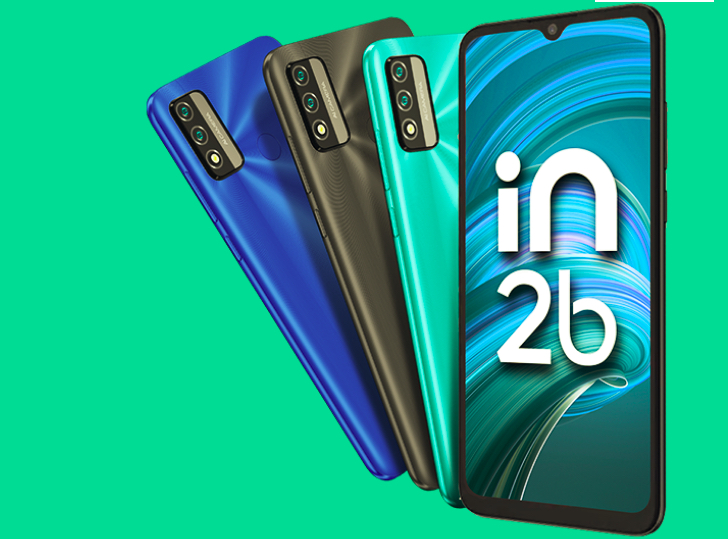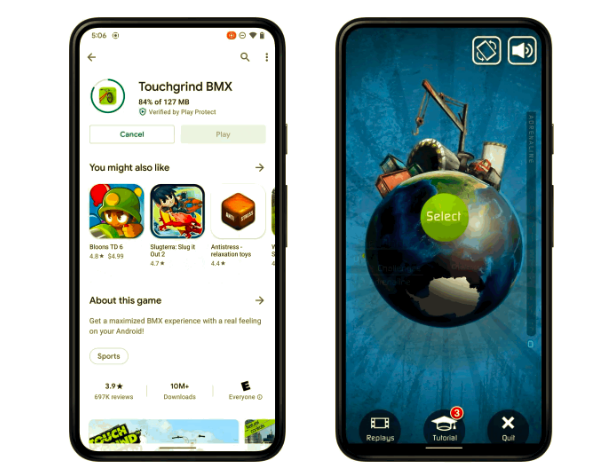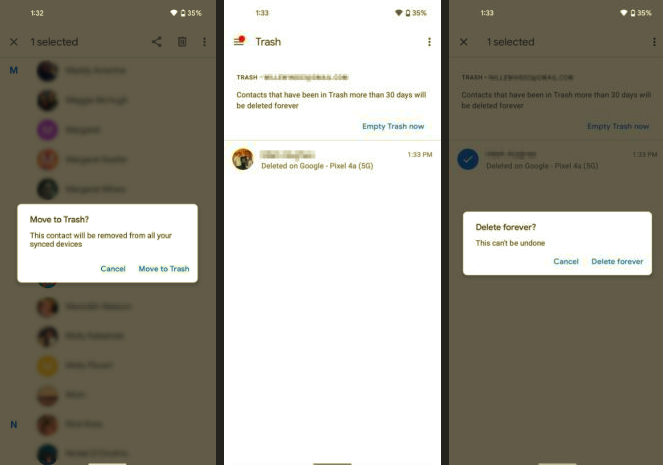One of the areas commonly cut down on by manufacturers is internal storage – slashing the flash memory from (say) 16GB to 8GB will save $10 or $20*, which is a lot in terms of a Bill of Materials for a budget smartphone of perhaps $100. Yet in today’s complex and ever-changing Android world, 8GB isn’t what it used to be. As I shall explain!
* (estimates vary, according to the manufacturer and the quality of flash chips used!)
The problem is that the world is changing, with a necessary system of OS, security and application updates, arriving almost daily in some cases, even for casual users (turn off automatic application updating in the Play Store – or pay attention to the ‘Updated’ notifications – and you’ll see what I mean) – and, inevitably, these start to eat into what would once have been free space for a user to enjoy.
As it turns out, we’ve seen the same phenomenon for years – boot up an Android device from the Gingerbread (2.3) era and let it connect to the Internet and start downloading updates from the Play Store. I’ll bet that the updates fail because there simply isn’t enough room allocated on the device’s internal chips for the OS and applications. One of the lesser known stats in the Android world is all the hundreds of millions of devices out there that essentially don’t work anymore because they ‘ran out of space’ and so were retired. All a bit short sighted of Google and of the manufacturers, of course, but then other mobile OSes were having issues at the same time – just ask any Symbian/Nokia owner circa 2009.
Happily, Google and its partners started to simplify how internal storage was partitioned, meaning that from v4.0 onwards, whatever the manufacturer specified could be used for applications and anything else – at least after the space needed for the ‘read only’ firmware was allowed for. So a ‘8GB’ device would lose around 4GB for Android OS, but the rest of the 4GB would be free for application updates, temporary files and so on. Not a problem, right?
Except that it is. We’re still seeing 8GB smartphones on sale across the world, but that ‘free’ 4GB disappears remarkably quickly. And I’m not talking about big games or captured photos, music or videos, all of those will hopefully be handled by a microSD card, if the user has any sense whatsoever.

Here’s what will swallow up that extra 4GB in no time at all:
- Updates to the core Google and Android applications: Chrome, Gmail, the Play Store, YouTube, and up to thirty others. All of these are updated regularly and so you have to allow space for one version of each outside the firmware (only one, because new versions will effectively replace the old). Using ‘finger in the air’ maths, let’s call it 400MB for these binaries.
- Temporary files used by the running OS, cache files, map tiles, PIM data for your Google account, Gmail data, and more – this is a biggie, so allow 1GB as a bare minimum.
- Third party applications installed by the user (not including games). From Facebook to Twitter to Whatsapp to Pocket Casts, we all have our favourites and they’re unique to us – but reckon on allowing 1GB for these in total.
- Data files, caches, thumbnails and internal downloads from all those third party applications – that’s another 500MB gone.
- ‘All work and no play…’, etc. All users want to install some games, and although the biggest and most professional are now clever enough to use microSD, quite a few don’t, so allow another 1GB for these, even at a conservative estimate (based on my own phone and usage).
And all of the above is assuming that the user and their applications make the right choice at every stage about putting ‘downloads’ and media on microSD when a dialog pops up to ask.
Add the above numbers together and you’ll see the problem: 3.9GB. And we started with 4GB free on our initial ‘8GB’ device. Computers (for that is what your smartphone is) hate running out of memory, whether RAM or – in this case – storage.
What happens in practice, for ‘normobs’ (everyday users) is that they start happy enough, especially if they’ve been forward thinking enough to stick in a decent sized microSD card – say 16GB or 32GB. They install their favourite applications, try a few more, play a few games and generally use their 8GB device as Google intended. Then, three months down the line, they hit an ‘Insufficient memory’ error (or similar) and all hell breaks loose. From that point until (in frustration) they reset and then pass the ‘8GB’ phone onto their kids, they’ll be on a weekly fight to try and keep enough space free in their phone’s internal storage for everything to keep working.

In fact, the impetus for this editorial came after I hit the error on my Galaxy S4 – which has a 16GB internal disk, i.e. double the size! Now, I’m a power user and have – perhaps – more installed than the man in the street. But it did prompt me to look at where my space had gone, have a good clean-up (I still only managed to reclaim a couple of Gigabytes) and wonder – incredulously – how manufacturers could put out 8GB internal disk smartphones with a clear conscience. Don’t we already have enough Android smartphones from yesteryear gathering dust in a drawer or dumped in landfills? Any Android phones sold now with this specification are, effectively doomed. (And don’t get me started on devices shipping with 8GB and no microSD expansion – run a mile!)
If you or a friend or relative are considering a budget Android smartphone in 2015 then do yourself a favour and make 16GB internal storage your absolute minimum.


















